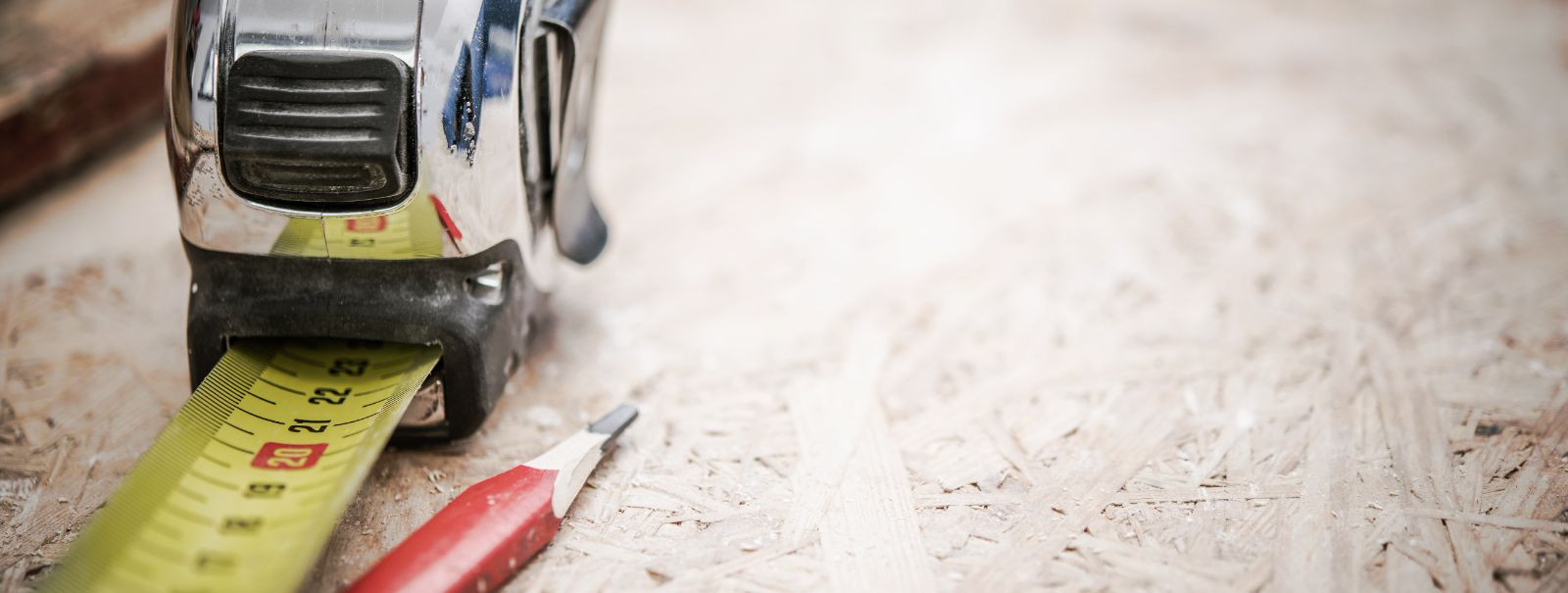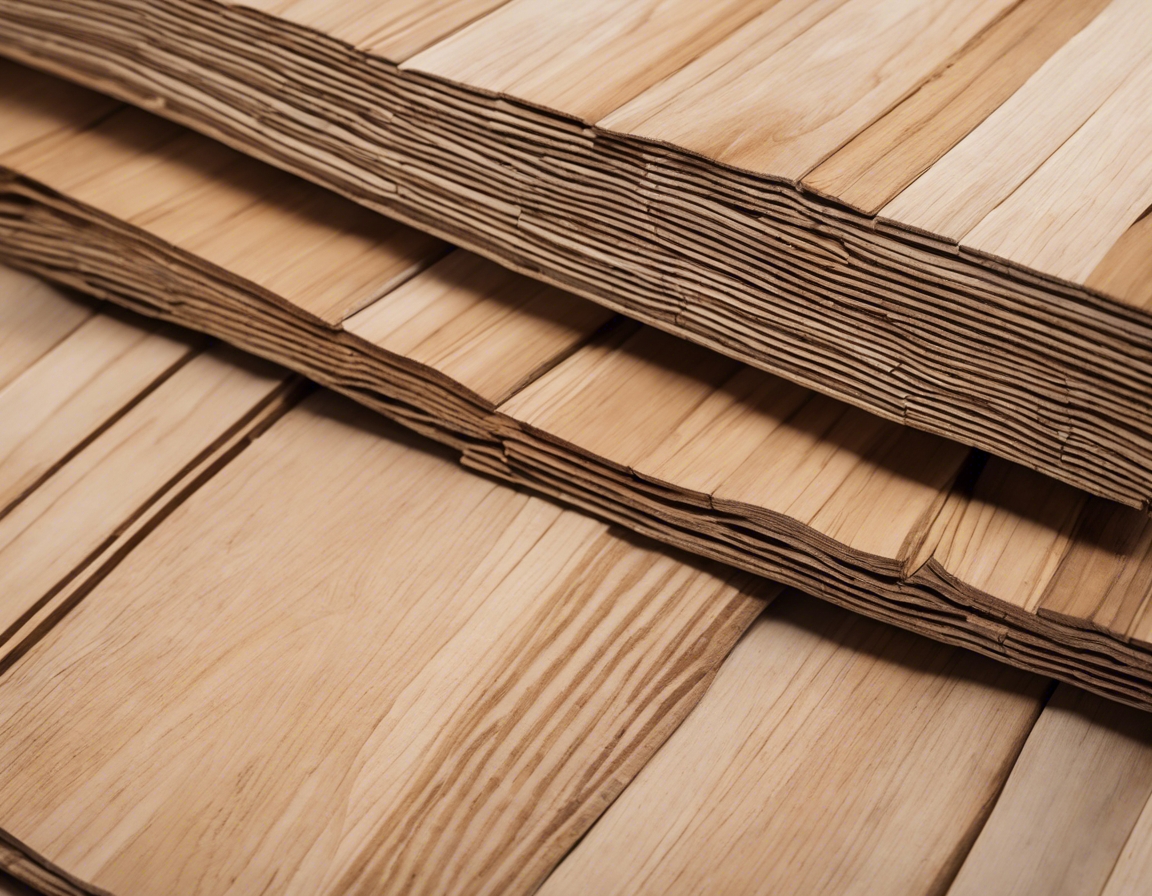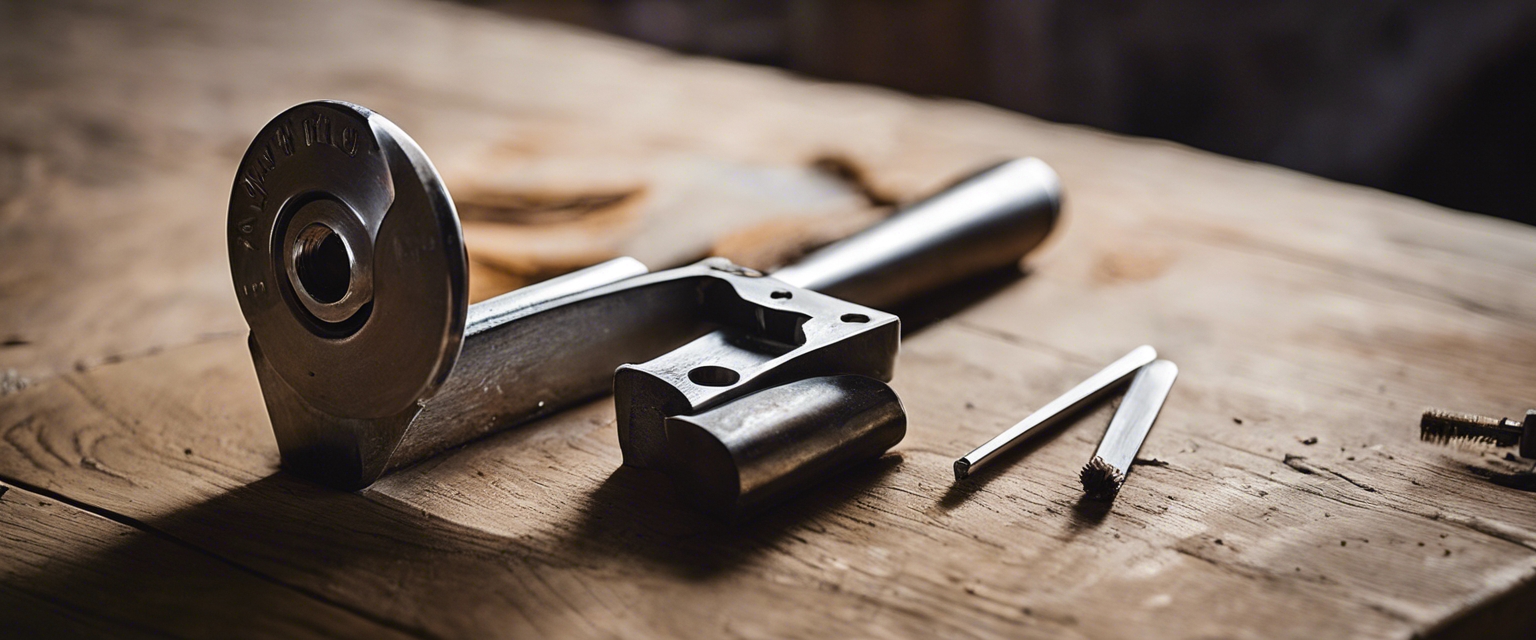The ultimate guide to selecting the perfect floorboards
Selecting the right floorboards is a crucial decision in any construction or renovation project. Quality floorboards not only enhance the beauty of a space but also contribute to the structural integrity and longevity of the flooring. In this guide, we will walk you through the essential considerations to ensure you choose the perfect floorboards for your needs.
When selecting floorboards, it's important to consider factors such as material type, durability, maintenance, environmental impact, installation requirements, aesthetics, and cost. Each of these factors plays a significant role in determining the suitability of floorboards for your project.
Types of Floorboards
Hardwood floorboards are renowned for their durability and timeless appeal. They come in various species, each with unique characteristics. Popular hardwoods include oak, maple, and cherry.
Engineered wood floorboards consist of a hardwood veneer atop multiple layers of plywood or fiberboard. This construction provides stability and resistance to moisture changes, making it a versatile choice for many environments.
Laminate floorboards offer the look of real wood at a more affordable price point. They are composed of a photographic layer that mimics wood grain, atop a dense fiberboard core.
Bamboo is a sustainable and rapidly renewable resource that provides a unique and modern look. Bamboo floorboards are known for their strength and eco-friendliness.
Reclaimed wood floorboards are salvaged from old buildings and structures. They offer a rustic charm and tell a story, while also being an environmentally responsible choice.
Considerations for Durability and Maintenance
The Janka hardness test measures the resistance of wood to denting and wear, which is a good indicator of durability. Harder woods tend to last longer and withstand more traffic.
The type of finish on floorboards affects both their appearance and the level of maintenance they will require. Prefinished floorboards can save time during installation, while unfinished boards allow for a customized finish.
Environmental and Health Considerations
Choosing floorboards from sustainably managed forests can minimize environmental impact. Look for certifications like FSC or PEFC to ensure responsible sourcing.
Consider the emissions of volatile organic compounds (VOCs) from floorboards, as they can affect indoor air quality. Low-VOC or VOC-free options are healthier for both the environment and the occupants of the building.
Installation and Compatibility
Not all floorboards are compatible with every type of subfloor. It's important to check the manufacturer's recommendations to ensure compatibility and avoid any installation issues.
There are various installation methods, including nail-down, glue-down, and floating. The choice of installation method will depend on the type of floorboards and the subfloor.
Style and Aesthetics
The color and grain pattern of floorboards can dramatically affect the look of a room. Consider the natural light in the space and the overall design theme when selecting your floorboards.
The size and orientation of the planks can influence the perception of space within a room. Wider planks can create a sense of openness, while longer planks can lead the eye and elongate a room.
Choose floorboards that complement the interior design of the space. Whether you're aiming for a modern, traditional, or rustic look, the right floorboards can tie the room together.
Cost and Budgeting
The cost of floorboards varies widely based on the type of wood, quality, and finish. It's important to set a realistic budget that accounts for both the initial purchase and long-term maintenance costs.
While some floorboards may have a higher upfront cost, their durability and longevity can make them a more cost-effective choice in the long run. Consider the total life cycle cost when making your selection.






Comments (0)